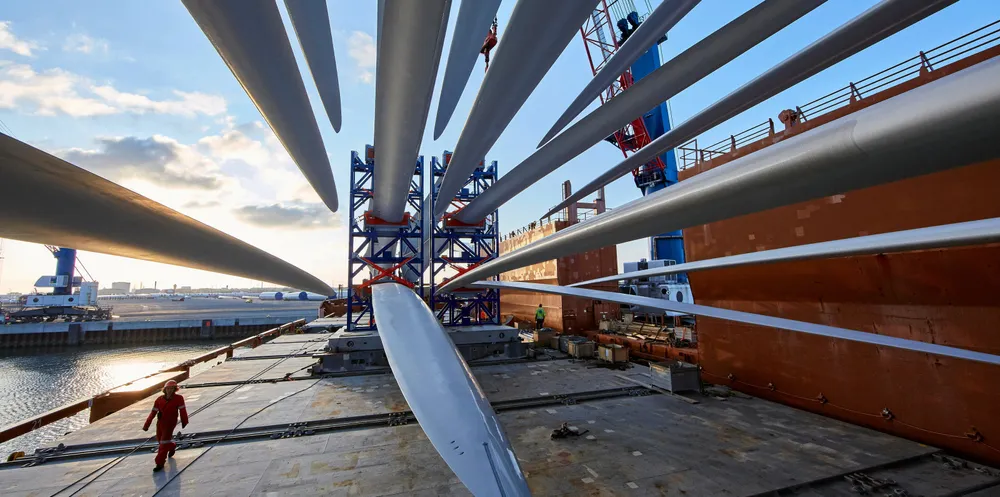LM Wind Power to make 'competitive and sustainable' zero-waste blades by 2030
GE Renewable Energy subsidiary aims to avoid sending manufacturing materials or packaging to landfill or incineration without energy recovery by end of decade

GE Renewable Energy-owned LM Wind Power is targeting manufacturing zero-waste wind turbine blades in an effort to reduce the carbon footprint of its products.
<b>Focus your mind: get the insight you need with the Recharge Agenda</b>
The global energy transition is gathering momentum – and the accompanying news-stream becoming an information deluge. Separate the green giants from the greenwash and the hard facts from the click-bait headlines with Recharge Agenda, our curation of the market-making events of the week, distilled down into one quick-read newsletter. Sign up here for free
The company’s zero-waste concept means the manufacturer aims to send no excess manufacturing materials or packaging to landfill and incineration without energy recovery by the end of the decade.
“Our technology has played a crucial role in making wind power one of the most competitive sources of electricity,” LM Wind Power chief executive Olivier Fontan said.
“Now the focus has evolved from making wind power not only competitive, but also making the industry sustainable. It is not one or the other but both.”
The company said it was determined to work with its partners to reduce the carbon footprint of wind turbines, he added.
LM Wind Power’s zero-waste announcement comes as other blade makers are also increasingly aiming for a reduction of waste in manufacturing and the recyclability of wind turbines.
For wind turbine and blade manufacturers alike, the key to reducing the product carbon footprint lies in the supply chain. LM Wind Power stressed, adding that in the blade life cycle, around 75% of CO2 emissions occur in the supply chain.
“This is a call to action for suppliers to the wind industry: join us in designing out waste from our value chain,” said Hanif Mashal, LM Wind Power vice president for engineering and technology.
“Engagement with our supply chain on waste prevention will increase over the coming years; in partnerships we will also explore how we can ultimately deliver waste back to suppliers, for recycling into new materials that will be supplied to the wind industry or other sectors.”
And the company is also developing blades that can more easily be recycled through the ‘ZEBRA' (Zero Waste Blade Research) project.
(Copyright)